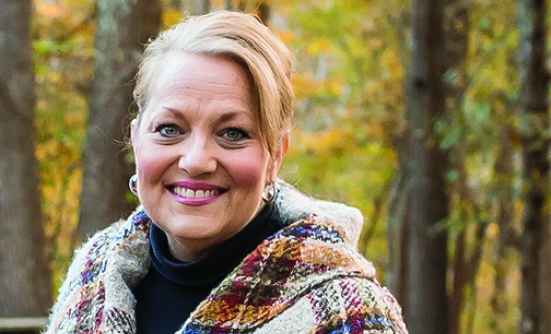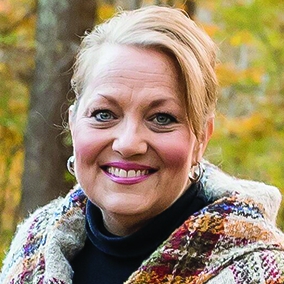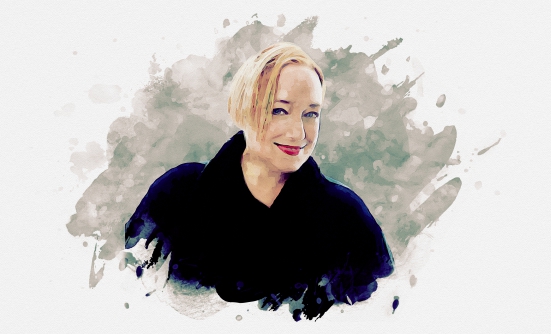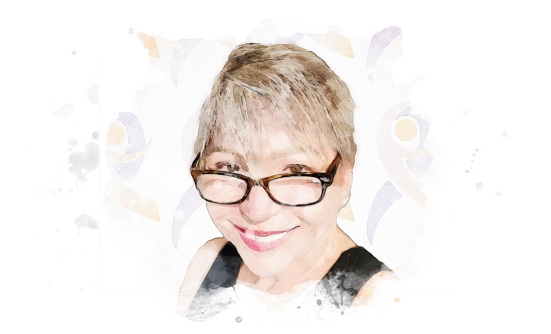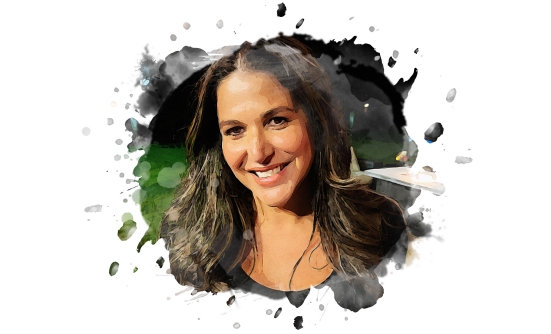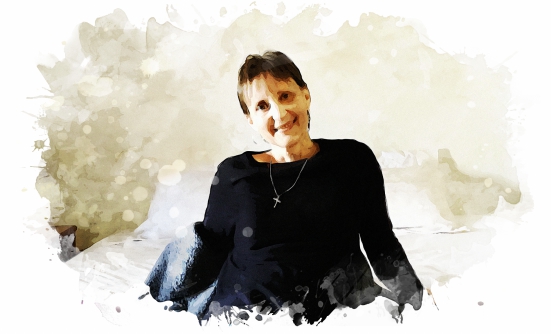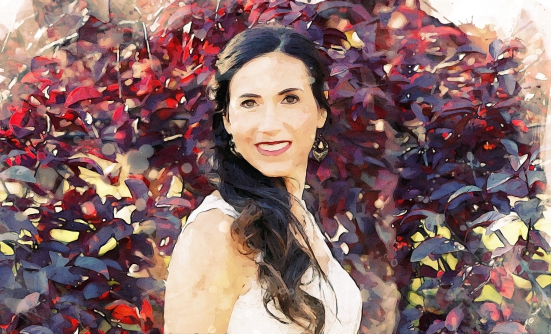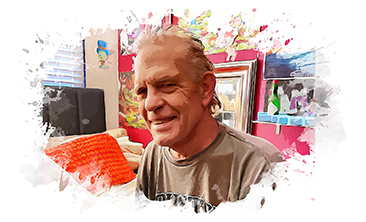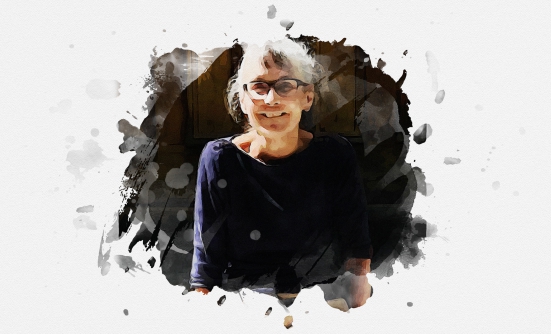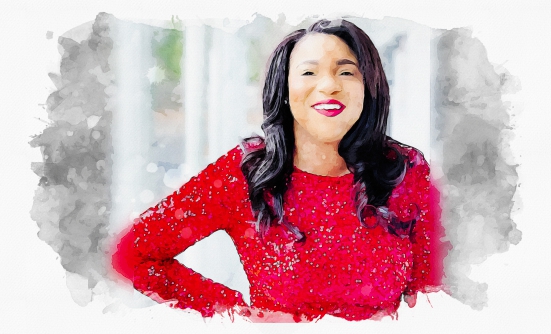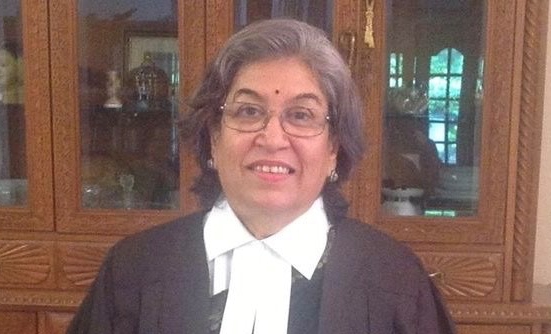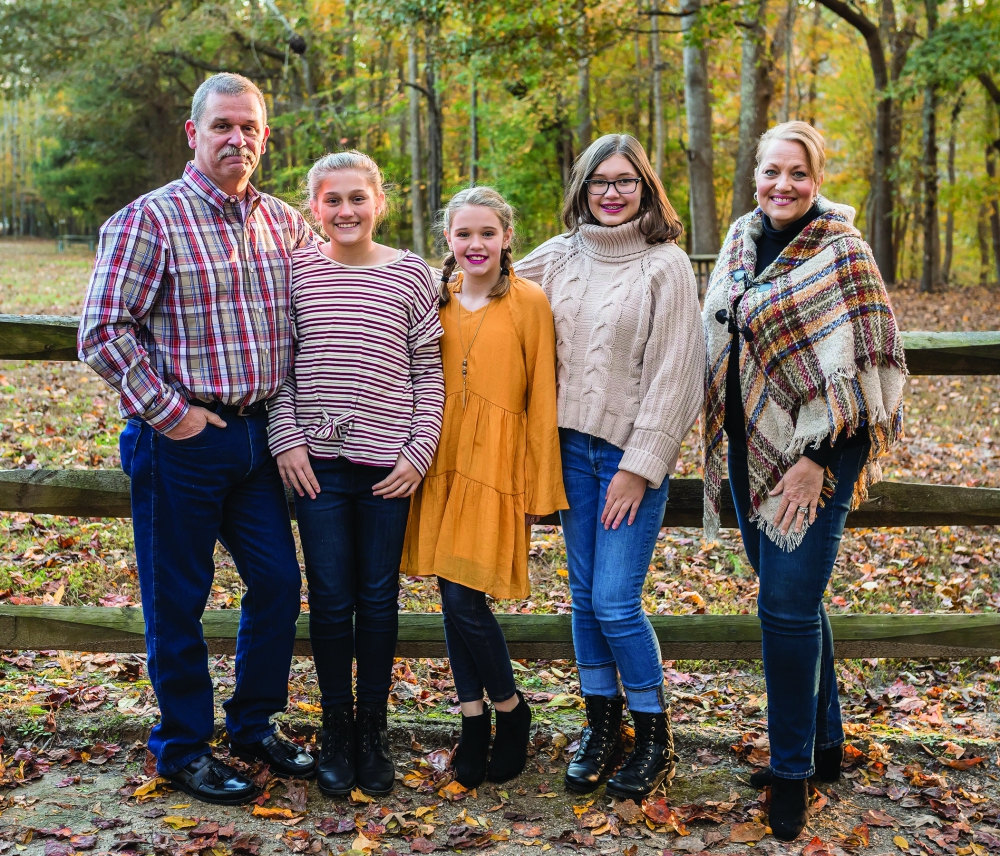
I don’t know any other way to live my life than to keep moving forward. Whether it’s working, raising kids, or dealing with cancer, I do what I need to do.
Before my diagnosis, I had worked as a district manager for a large Fortune 500 company. At age 40, I was at the peak of my career and was just ready to launch into something much bigger. I spent a good chunk of time on the road, dealing with many people and a lot of stress. That may be why my cancer showed up, but who knows?
I had 2 small kids, ages 2 and 4, and was pregnant with a third, and, unbeknown to me, I also had follicular lymphoma; by the time it was finally diagnosed, it was stage IV, meaning it was at an advanced stage. (Blood cancers are often diagnosed at a late stage.)
But no one knew. You would think that with all the testing and scanning pregnant women undergo, something like cancer would show on one of those tests.
Your Body Knows
Immediately after I had Sarah, my third daughter, I became symptomatic: drenching night sweats, relentless fatigue, a distended abdomen. The doctors thought that I had postpartum side effects, but I knew that what I was feeling was not normal. Your body knows what’s normal, and what isn’t.
Eventually, my OB-GYN doctor sent me to a get a PET/CT scan. The CT was read as “suspicious for lymphoma.” The PET scan lit up like a Christmas tree, which indicated I had systemic disease. Then I had a bone marrow biopsy, which confirmed the diagnosis of a sub-type lymphoma, which was diagnosed as follicular lymphoma, and my head started spinning.
When I met with the oncologist, I learned that my spleen was grossly enlarged and had encompassed both sides of my body. I also learned that I had more than 60% bone marrow involvement, which indicates a compromised immune system, because it’s riddled with cancer cells. However, my oncologist assured me that follicular lymphoma is a slow-growing blood cancer, and although it cannot be cured, it is like a chronic disease, and I would live a relatively normal life.
Treatments and Relapses
My oncologist prescribed the common combination therapy with rituximab, cyclophosphamide, and prednisone for 6 months, followed by maintenance rituximab treatment. But after a couple of years, the cancer relapsed, and I faced treatment once again.
So instead of staying with my local hospital, I went to M.D. Anderson Cancer Center in Houston, Texas, for treatment, and I was prescribed the R-CHOP regimen (adding doxorubicin and vincristine to the previous treatment regimen). I received consolidated therapy with R-CHOP and Zevalin (ibritumomab tiuxetan), a radioimmunotherapy.
It was another 1.5 years before the disease relapsed again. By that time, I knew enough to join a clinical trial, which was done at Mount Sinai Hospital in New York City.
With the previous 2 treatments, I expected that the remission would be much longer, and that the treatment would put me on the right path. I had the same feeling about the clinical trial treatment, which included a combination of a targeted therapy with Imbruvica (ibrutinib) and immunotherapy with Opdivo (nivolumab).
Large B-Cell Lymphoma
However, about 1 year after I joined the clinical trial, I had serious swelling in my right leg. I didn’t think much of it, because it was summer and our family was going to different places, so I thought that maybe I was walking too much. Then I felt a lump behind my knee, and I drove myself to the hospital, where I had multiple diagnostic tests and was told that it was suspicious for cancer.
At this point the follicular lymphoma transformed to large B-cell lymphoma, a more aggressive type of lymphoma.
In a clinical trial, you get monitored very closely by the medical team who chart the disease progress.
But at Mount Sinai Hospital they did not do full-body scans, only a scan from the eyes to thighs, and those scans suggested that I was cancer free, until I discovered the tumor behind my knee.
The only sign of disease was that tumor, but because this was the third time the cancer relapsed, I had more tests to see if I had any of the gene mutations (alterations) that are often associated with large B-cell lymphoma, such as BCL-2, BCL-6, or MYC mutation.
I had all 3 mutations, which is called double-hit lymphoma, and having all 3 mutations meant a poor prognosis.
My Sister’s DNA
The next step was up to me, and I did all I could to understand my treatment options. The options were having a stem-cell transplant, either an autologous or an allogeneic transplant. I was scared to death of having an allogeneic transplant, because it is very toxic, and some people never make it home from the hospital. But this type of transplant can be more curative than an autologous transplant.
After weighing my opinions at M.D. Anderson (in Texas) and at Memorial Sloan Kettering in New York City, combined with a good deal of crying, I decided to have an allogeneic transplant. I was strong enough to do it, even after 9 years of dealing with cancer, and I had 3 young children. I wanted to take my best shot at putting cancer behind me. And fortunately, my sister was a match (to donate healthy stem-cells).
I moved to New York City for 5 months to get the transplant. They flew my sister’s stem-cells from Texas to New York for the transplant. It’s been 3 years since then, and after a difficult recovery period, I am my sister—I have her DNA and her blood type. I had O-negative blood type before, but now I have A-negative.
Always Ask for a Second Opinion
I wish that I had gotten a second opinion when I was first diagnosed. Many of the cancer survivors I have met over the years who had the same disease profile as mine and had joined
a clinical trial for their first line
of therapy, had very long first remissions, and some are still continuing to this day. Because I had stage IV disease, would it have been better to use the heavy guns right away instead of taking a lighter approach? Quite possible.
I was naïve. I thought that clinical trials were for patients at the end of life. I had no idea that a clinical trial can mean a whole new life to live.
My youngest daughter is going into 7th grade now. When her class asked for baby pictures, I couldn’t find many. It dawned on me that I hardly took any pictures with her, because I was receiving treatment for cancer. My mom was her mom for a time. It makes me sad, but I simply couldn’t be there for her then.
Busy Living
I’ve made it through this transplant and weathered some serious complications along the way. I’ve come out of this experience mentally stronger, and I don’t dwell on what happened, or fear the future, because there’s not much point to that. Doing what I needed to do, and staying present in the moment, was how I got through.
Although I’ve lost about 10 years of career growth, I’m happy to have returned to work with the same company I had to leave 10 years ago because of my illness.
Now, every moment I have with my kids is fleeting, and I want to be present for them. I get to play taxi driver, drive them around, and listen to them fight, and those are good things, because we are busy living.





